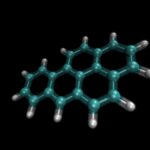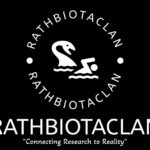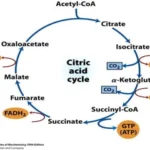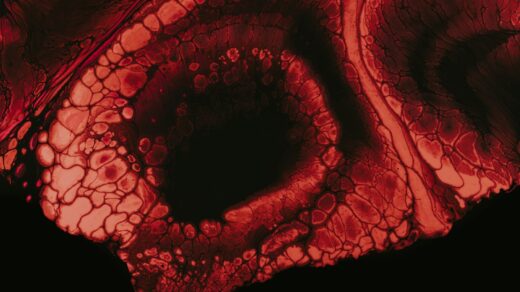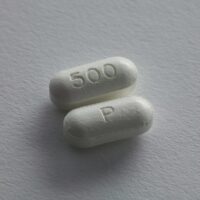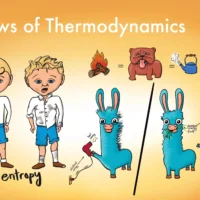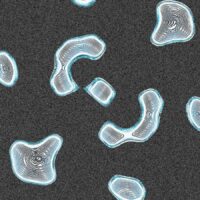Use of Reducing Equivalents and Co-factors :
Reducing Equivalents:
In biochemistry, the term “reducing equivalent” refers to any chemical species that transfers one electron in a redox reaction. Reducing equivalents can denote an electron in various forms, such as a lone electron, a hydrogen atom, a hydride ion, or through bond formation with another atom.
1. Role of NADH and FADH₂:
NADH (Nicotinamide Adenine Dinucleotide) and FADH₂ (Flavin Adenine Dinucleotide) play crucial roles in cellular energy production. The food we consume cannot be directly used as energy. Metabolism involves a series of chemical reactions that convert energy from food into a usable form for our bodies. This readily available energy is stored in ATP (Adenosine Triphosphate), often referred to as the energy currency of the cell. The ATP molecule serves as the main storage of energy in cells.
2. Glycolysis and Krebs Cycle:
During glycolysis and the Krebs cycle, NADH and FADH₂ molecules are formed. These molecules carry electrons to the electron transport chain (ETC). The ETC creates a proton gradient, which ultimately produces a large amount of ATP. ATP production is a critical part of cellular respiration, and both NADH and FADH₂ are involved in this process, helping to generate more ATP.
3. ATP Production:
It is observed that during cellular respiration, every NADH molecule produces three ATP molecules, whereas each FADH₂ molecule generates two ATP molecules. Reducing equivalents such as NADH and FADH₂ are essential products of the tricarboxylic acid (TCA) cycle, which are used by the electron transport chain to generate ATP through oxidative phosphorylation.
4. NADPH:
NADPH is a major reducing equivalent driving the synthesis of fatty acids, cholesterol, nucleotides, and amino acids. It also plays a significant role in generating superoxide by NADPH oxidases and scavenging hydrogen peroxide (H₂O₂) by regenerating glutathione (GSH) and the antioxidant protein thioredoxin (TRX). NADPH can be considered similar to NADH as a high-energy molecule.
5. NADH Applications:
NADH is used for improving concentration, memory, mental clarity, and treating Alzheimer’s disease and dementia. It is also used for enhancing alertness and athletic performance, as well as treating chronic fatigue syndrome due to its role in energy production.
Cofactors:
Enzymatic Reactions
Cofactors are inorganic and organic chemicals that assist enzymes during the catalysis of reactions. They act as helpers in biochemical transformations, facilitating processes that enzymes cannot perform alone. Cofactors can be metals or small organic molecules, and their primary function is to aid enzymes in catalyzing reactions.
1. Role of Cofactors in Enzymatic Reactions:
Cofactors are essential for certain enzymes to perform necessary reactions that they cannot accomplish independently. They assist enzymes by stabilizing molecular structures, facilitating electron transfer, and enhancing the enzyme’s ability to catalyze reactions.
2. Metal Ions as Cofactors:
Metal ions are common enzyme cofactors. Some enzymes, referred to as metalloenzymes, cannot function without a bound metal ion in their active site. For instance, in glycolysis, magnesium ions stabilize the phosphate groups of ATP, allowing the enzyme to release one phosphate group effectively.
3. NAD and FAD:
Nicotinamide adenine dinucleotide (NAD) and flavin adenine dinucleotide (FAD) are crucial cofactors involved in cellular respiration. They accept high-energy electrons and carry them to the electron transport chain, where these electrons are used to synthesize ATP molecules.
4. Acyl Carrier Proteins:
Acyl carrier proteins are a group of small proteins that function as important cofactors in the de novo synthesis of fatty acids. They play a critical role in the transfer and modification of acyl groups during fatty acid synthesis.
5. Structural and Functional Roles:
Cofactors play vital structural and functional roles for many proteins. Metalloproteins, for example, are a typical class of proteins that require cofactors. These proteins often contain metal ions that are integral to their structure and function, enabling them to participate in various biochemical processes.


